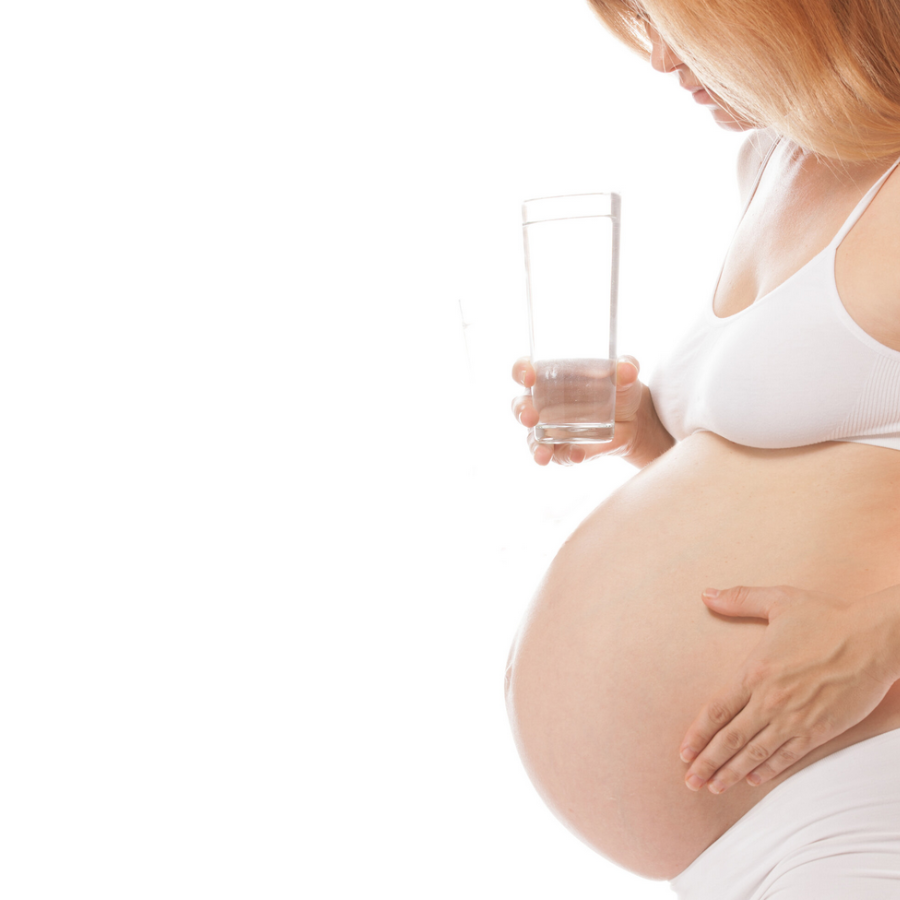What happens when your waters break?
Your “waters” or amniotic fluid is the liquid that surrounds your baby during pregnancy. It is held in place by a membrane or sac that lines your uterus (amniotic sac). This sac forms about 12 days after getting pregnant.
In the early weeks of pregnancy, the amniotic fluid is mostly water that comes from your body. After about 20 weeks of pregnancy, your baby’s urine makes up most of the fluid. Amniotic fluid also contains nutrients, hormones (chemicals made by the body) and antibodies (cells in the body that fight off infection).
Amniotic fluid has several functions
The amniotic fluid helps:
The developing baby to move in the womb, which allows for proper bone and muscle growth.
The lungs to develop properly (your baby will practice “breathing” with the fluid).
Your baby’s digestive system develop because your baby swallows the fluid
It prevents pressure on the umbilical cord.
It also acts as a cushion for your baby in case of bumps to your belly
Basically it helps to protect your baby from infection and assists in its growth.
Staying well hydrated is shown to help keep amniotic fluid levels up. These levels naturally drop towards the end of your pregnancy. If you are told your levels are too high (polyhydramnios) or too low (oligohydramnios) you can:
Ask for more information
Use “B.R.A.I.N” to make informed decisions
Take time to discuss all your options
What do you need to know about your waters breaking?
Waters don’t always release in a huge tidal wave. They can sometimes slowly release in small drips. It may be the very first sign of labour or they may release during birth (some babies are even born “en caul” or still in the amniotic sac).
Here are some key things to take note of when your waters release. Firstly, stay calm! This is so exciting, you will meet your baby soon.
“C.O.A.T” for when your waters release:
Colour?
Odour?
Amount / Anything else happening?
Time?
Colour: Normal amniotic fluid is clear or very pale yellow. Fluid that looks green or brown usually means that the baby has passed their first bowel movement (meconium) while in the womb. (Usually, the baby has his first bowel movement after birth.) You can see the colour by putting on a white pad or by catching some fluid in a clear container (not always easy when nine months pregnant!) If your waters are green, brown or red it is a good idea to give your care provider a call to run through your options.
Odour: Basically if it smells like pee - its pee. You can tell whether you're leaking amniotic fluid and not urine by taking the sniff test: If it doesn't smell like ammonia, it's more likely to be amniotic fluid. If it has an ammonia scent, it's probably urine. If it has a somewhat sweet smell, it's probably amniotic fluid.
Amount / Anything else happening?: Did it come in a big whoosh like in the movies? Or is it a gradual trickle? Also, are you experiencing contractions? Do you have any other symptoms that suggest early labour (upset tummy, lower back pain, tiredness etc) These are good things to keep note of for when you speak to your care provider.
Time: Take note of the time you notice your waters release. Most care providers will have a policy on waters releasing - how much time they deem safe for them to be gone before offering interventions (antibiotics to prevent infection, induction etc) Remember to take time to gather all the information and make the right choice for you and your baby. Using “B.R.A.I.N” can help you to weigh up all the risks and benefits to make informed decisions about your birth.
We hope you found this blog helpful, please feel free to share widely!

